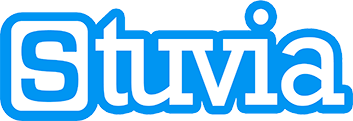Exam (elaborations)
Exam 2: NSG3100 / NSG 3100 (Latest 2024 / 2025 Update) Fundamental Concepts & Skills for Nursing Practice I | Questions and Verified Answers | 100% Correct | Grade A - Galen
- Course
- NSG 3100 (NSG3100)
- Institution
- Galen College Of Nursing
Exam 2: NSG3100 / NSG 3100 (Latest 2024 / 2025 Update) Fundamental Concepts & Skills for Nursing Practice I | Questions and Verified Answers | 100% Correct | Grade A - Galen Q: A new patient is admitted to a medical unit with Clostridium difficile. Which type of precautions or isolation does the nu...
[Show more]




